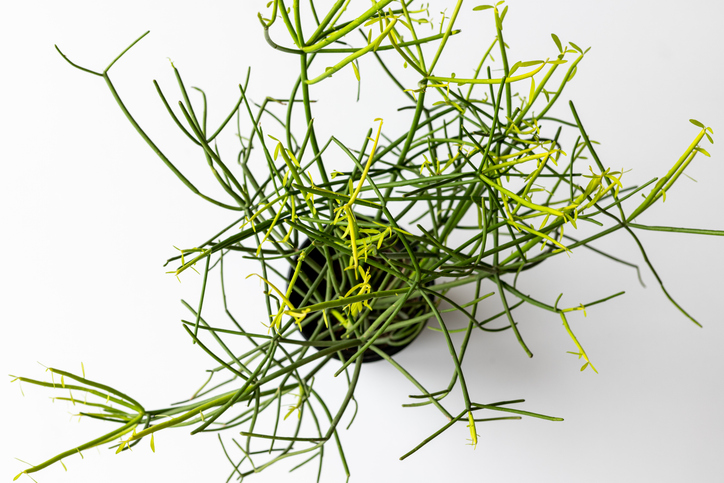
Researchers have turned to the world of plants to combat the aggressiveness and resistance to therapy of Epstein-Barr virus (EBV)–positive head and neck cancer (HNC) cells. Specifically, they have examined the potential therapeutic effects of Euphorbis tirucalli, or the pencil cactus, leaf extract because of the plant’s ability to inhibit EBV-positive cell proliferation. Results were published in Medicinal Chemistry.
Thirteen chemical components were extracted from pencil cacti leaves and were analyzed using molecular modeling techniques including absorption, distribution, metabolism, excretion, and toxicity (ADMET) profiling; quantum mechanics calculation; molecular docking; and molecular dynamics simulations.
The researchers also used the Prediction of Activity Spectra for Substances model to assess the potency of the thirteen individual compounds.
Quantum chemical calculation via Highest Occupied Molecular Orbital and Lowest Unoccupied Molecular Orbital analysis assessed important molecular properties including chemical potential, electronegativity, hardness, and softness; this analysis technique helped determine the pharmacokinetic and ADMET profiles of each chemically extracted leaf compound to better understand safety and toxicity characteristics.
Molecular docking analysis revealed ligands (01), (02), and (10) — also known as the phytochemicals taraxerol, euphol, and ephorginol — as strong potential therapeutic compounds due to their strong binding affinity to EBV-positive HNC cell lines. The three phytochemical ligands not only match the criteria set forth for a potential new EBV inhibitor but also outperformed current US Food and Drug Administration-approved treatment.
The researchers concluded that these compounds “have been identified as effective anti-cancer agents with the potential to serve as a foundation for novel head-neck cancer therapies, particularly those targeting the [EBV]-overexpressing subtype of this disease.”
Reference
Al Mashud MA, Devnath R, Anzuman M, et al. New Approach as Inhibitor Against Head-Neck Cancer by In silico, DFT, FMOs, Docking, Molecular Dynamic, and ADMET of Euphorbia tirucalli (Pencil Cactus). Med Chem. 2025;21(2):122-143. doi:10.2174/0115734064315601240628115330

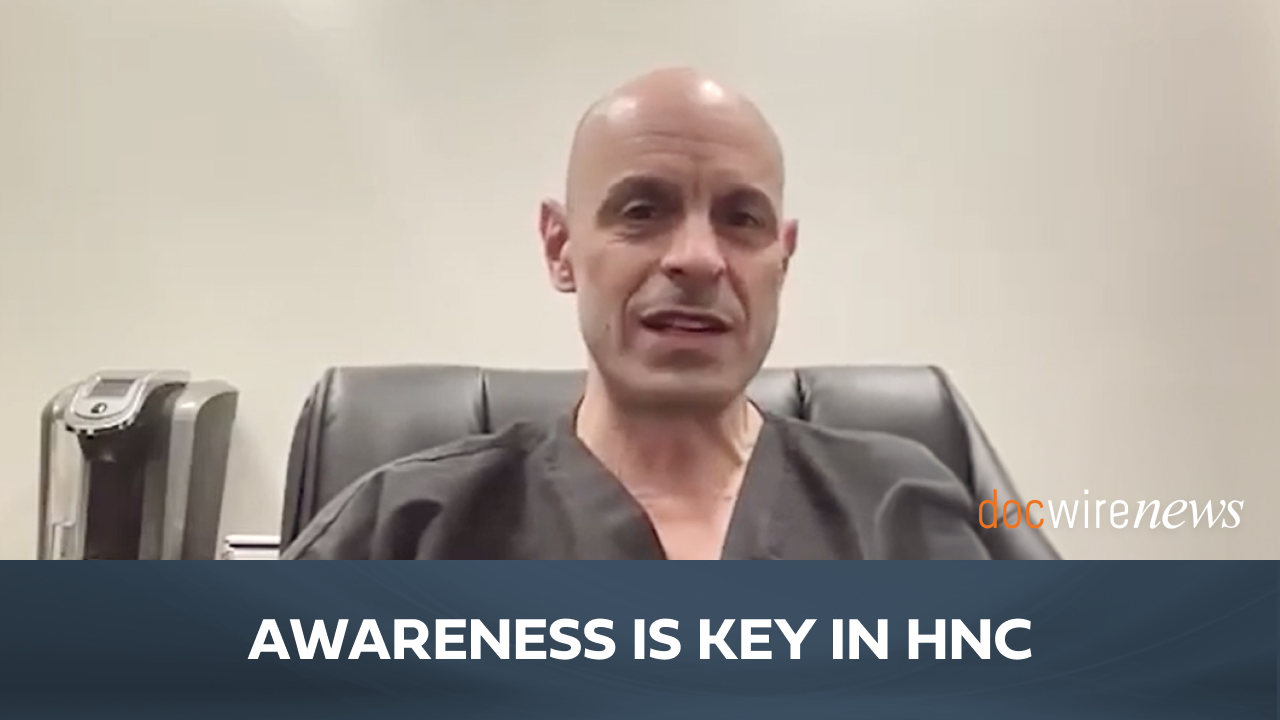
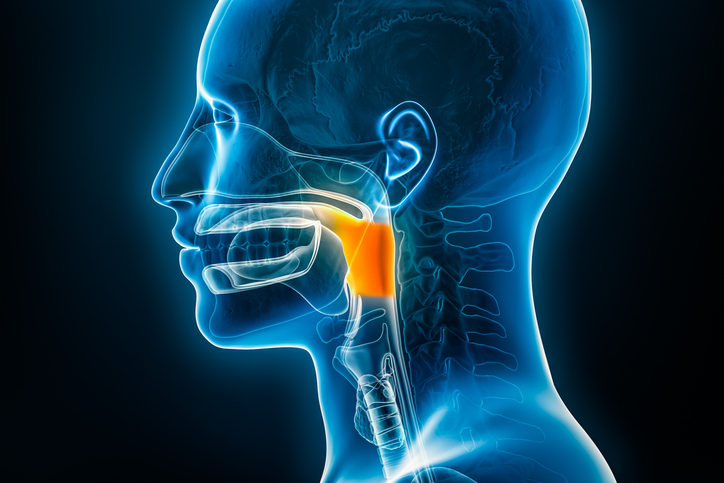
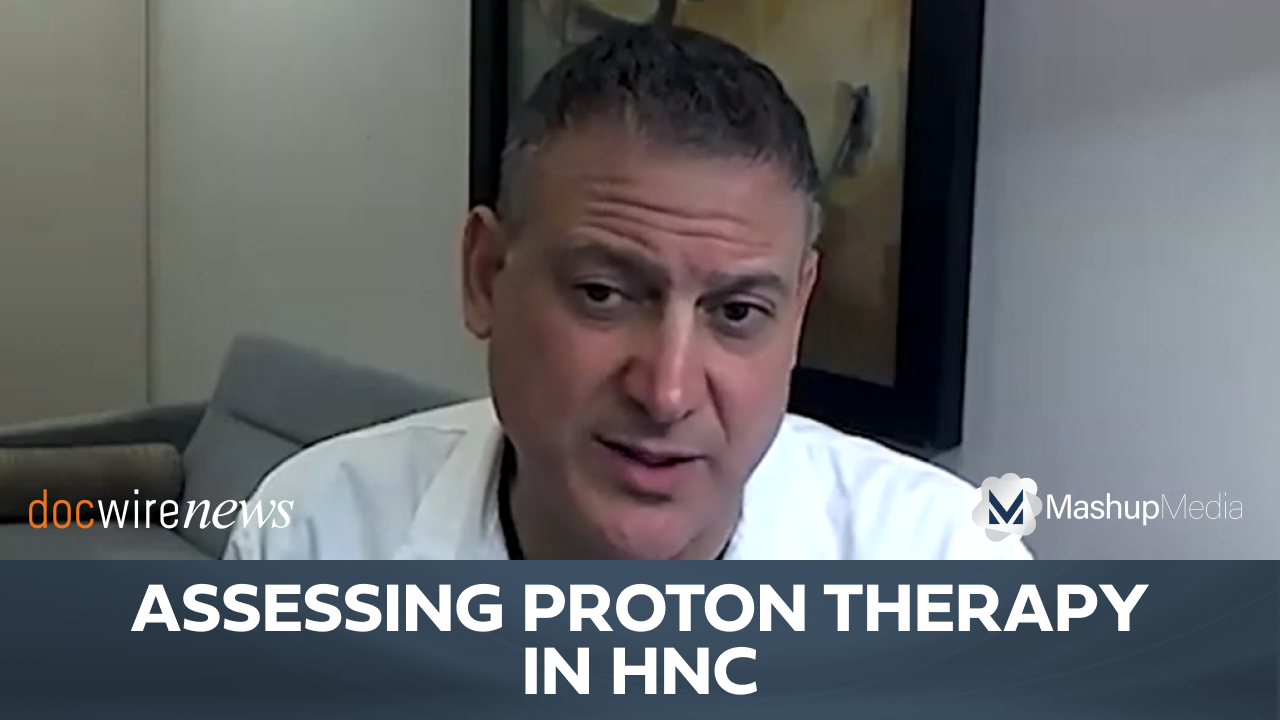

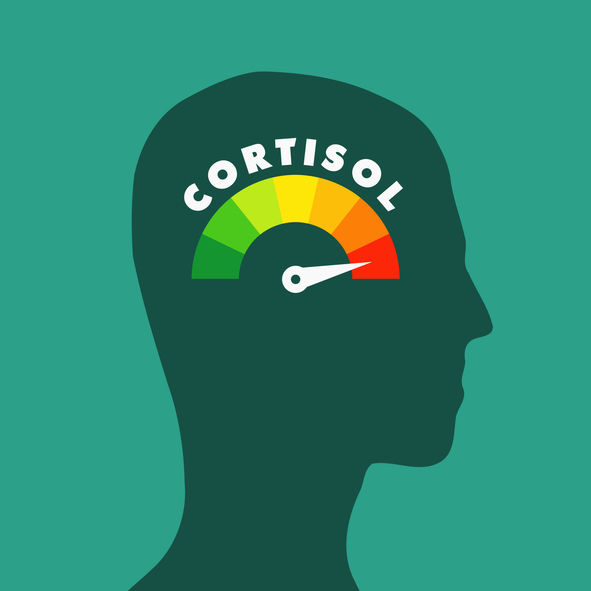

 © 2025 Mashup Media, LLC, a Formedics Property. All Rights Reserved.
© 2025 Mashup Media, LLC, a Formedics Property. All Rights Reserved.